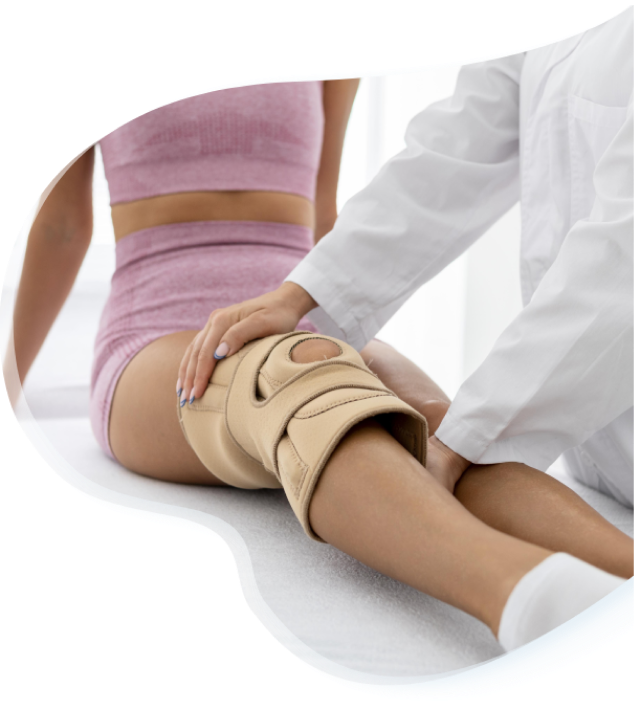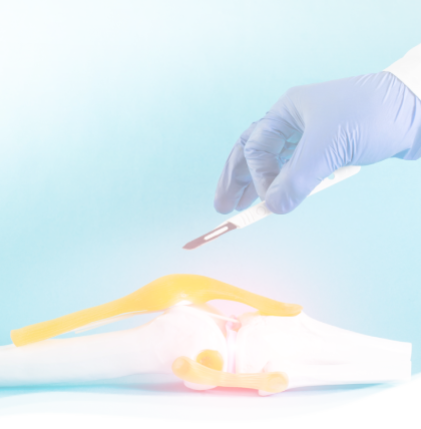Revision Knee Replacement
Revision knee arthroplasty is a complex surgical procedure aimed at correcting issues from prior knee replacement surgeries. With advancements in surgical techniques and implants, this procedure offers patients the possibility of improved knee function and enhanced quality of life. Talk to your healthcare provider to determine the best approach for your unique situation.
Understanding Revision Knee Arthroplasty
Revision knee arthroplasty, also known as revision total knee replacement, is a surgical procedure performed to replace a failed or problematic knee implant from a previous knee replacement surgery. This complex procedure involves removing the old implant and replacing it with new components to restore function and alleviate pain.

Reasons for Revision Knee Arthroplasty
- Loosening: When the existing knee implant becomes loose due to wear and tear, trauma, or inadequate initial fixation.
- Infection: Infection at the site of the knee implant, which may occur post-surgery or in the years following the initial knee replacement.
- Implant Wear and Tear: Gradual wearing down of the artificial components over time, leading to reduced functionality and increased pain.
- Instability: Persistent instability or dislocation of the artificial knee joint, causing discomfort and limited mobility.
- Fracture: Fracture around the knee implant or in the bone adjacent to the implant.
- Periprosthetic Joint Infection (PJI): A severe infection that occurs in the tissues around the artificial joint, necessitating implant removal and thorough debridement.

Surgical Techniques for Revision Knee Arthroplasty
Implant
Removal
The surgeon carefully removes the existing implants, taking care to preserve as much bone as possible.
Bone Reconstruction
Bone defects are addressed through bone grafts, augments, metal meshes, or structural allografts to create a stable base for the new implant.
New Implant
Placement
The surgeon places a new knee implant, ensuring optimal alignment and stability to restore functionality.
Custom
Implants
In some cases, custom implants are used to address unique anatomical considerations or extensive bone loss.
Recovery and Rehabilitation
- Hospital Stay: The hospital stay for revision knee arthroplasty is generally longer compared to the initial knee replacement, often ranging from several days to a week.
- Pain Management: Patients are closely monitored for pain and provided with appropriate pain management techniques.
- Physical Therapy: Physical therapy begins shortly after surgery to improve strength, flexibility, and mobility of the knee. Rehabilitation is crucial for a successful recovery.
- Follow-up Care: Regular follow-up appointments with the surgeon are crucial to monitor progress, address concerns, and modify the rehabilitation plan as needed.

Is Revision Knee Arthroplasty
Right for You?
The decision to undergo revision knee arthroplasty is significant and should be made after careful consultation with your orthopedic surgeon. Dr McDowell has advanced training and extensive experience in these situations. There may be options to help alleviate your post-operative pain that do not include revision surgery. Factors such as the cause of the revision, your overall health, bone quality, and extent of bone loss will be considered to determine if this procedure is the most suitable for you.
If you've experienced complications or failure in a previous knee replacement, consultation with Dr McDowell and his team may be best to explore your options and decide on the most appropriate treatment plan.
Contact Us Now
Business Hours
- Monday: 9:00 AM – 6:00 PM
- Tuesday: 9:00 AM – 6:00 PM
- Wednesday: 9:00 AM – 6:00 PM
- Thursday: 9:00 AM – 6:00 PM
- Friday: 9:00 AM – 6:00 PM
- Saturday: Open Selected Saturdays
- Sunday: Closed



